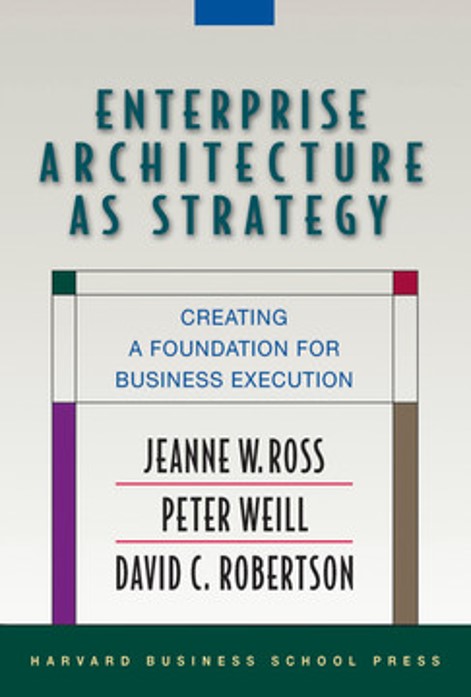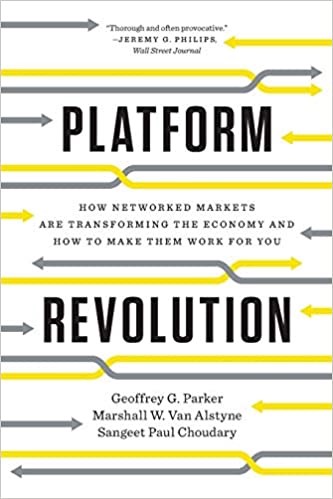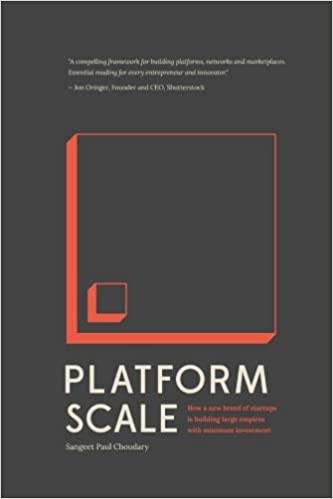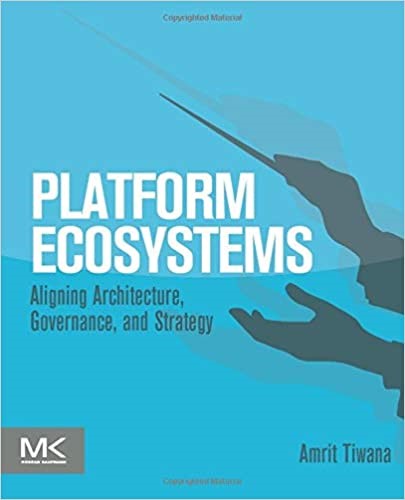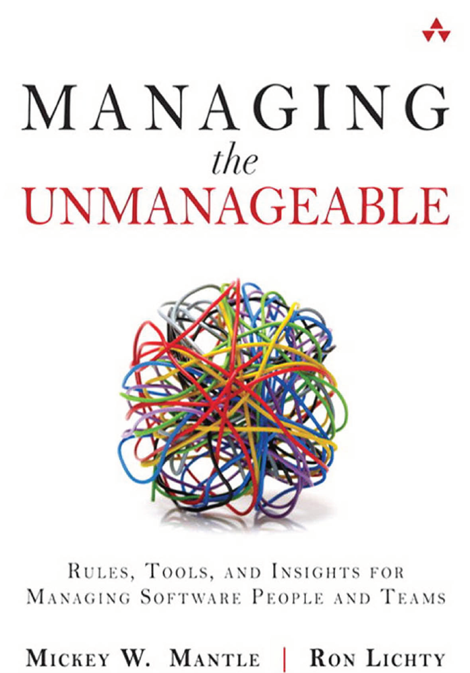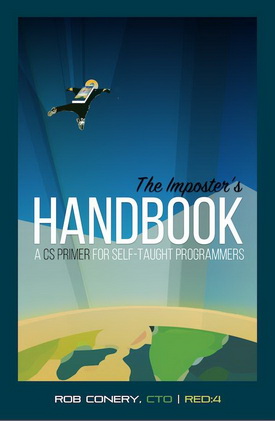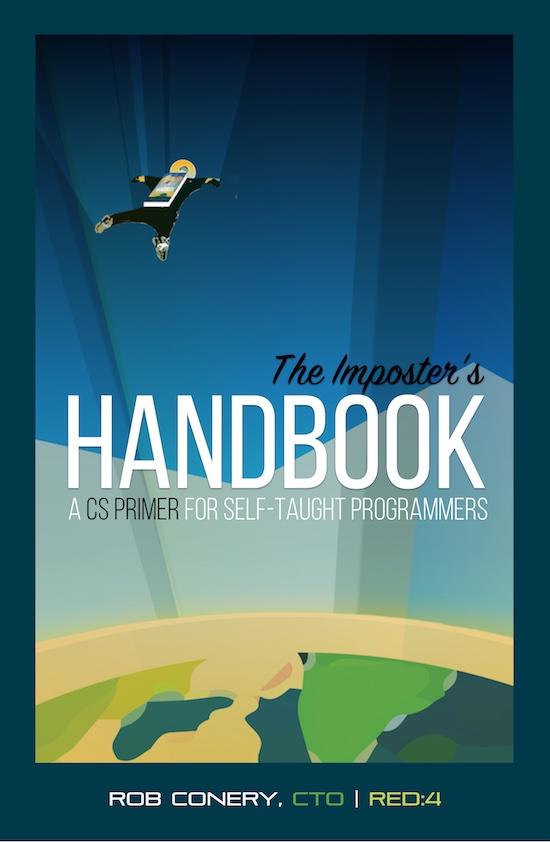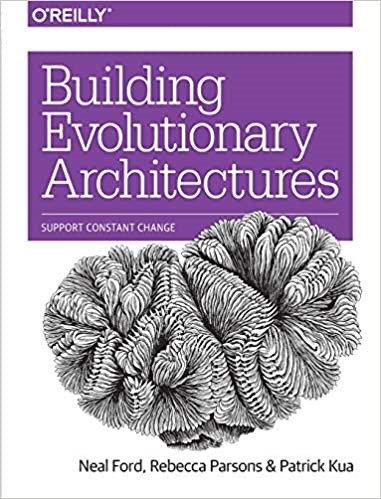
In their book “Building Evolutionary Architectures”, N. Ford, R. Parsons and P. Kua introduce a new way to look at software architecture where changes to requirements become part of the business as usual. These concepts were already set in motion by Agile, DevOps and CI/CD but the authors add a refreshing concept to the mix.
How are we going to measure the suitability of our architecture compared to the every changing requirements?
The proposed solution lays in measuring how far or how close the characteristic of the current architecture are from the ideal or expected characteristics. The solution was inspired by statistical models were we want to fit a curve to a set of data points by fitting a function. An expression of the suitability of the curve’s function is called the fitness of such a function.
The same concept can be applied to software architectures. Required architectural characteristics a.k.a. as the technical *-abilities can be measured by fitness functions. When the architecture changes the impact is measured by these fitness functions and as a result the changes become quantifiable and controllable.
An architectural fitness function provides an objective integrity assessment of some architectural characteristic. Combining the outcomes of the collection of fitness functions gives a view on the overall architecture.
Making architecture capable of evolving requires 3 things:
- An architecture that supports incremental change
- An architecture that can be measured so the changes can be guided
- An architecture with the appropriate level of coupling to allow for an optimal change process
More details on the topic can be found in:
